Author: Hiring Now
Starting today, your “866” just got stronger.
At the just-concluded launch event, Nio officially announced the new intelligent system that has been upgraded based on the Aspen system and the intelligent cabin hardware, which is named Alder after the tree for Nio OS 3.0.0 and later versions.
Equipped with Alder, the 2022 ES8, ES6, and EC6 models also made their brilliant debut.
More Than Chip Upgrades
First and foremost, it should be noted that Alder’s upgrade is not exclusive to the 2022 “866” model. For existing “866” car owners, Nio also provides a paid retrofit upgrade plan for Alder.
Nio has divided this upgrade into two versions: 5G and 4G, with prices of 12,600 yuan and 9,600 yuan, respectively. If you are interested, this upgrade service will be available for order through the Nio App starting from June 30, 2022, and upgrades will begin in mid-to-late July.
Now, let’s take a closer look at what Alder has to offer.
Since it’s called a “system,” Alder is more than just a standalone car chip.
Of course, it also includes a car chip. Alder has chosen the popular high-performance Qualcomm Snapdragon 8155 as its car chip, which is the ID card of this year’s flagship intelligent car.
The 8155 is so popular for a reason: its performance. Compared to the system used in the NT1 model, the CPU and GPU computing power has increased by about 100%, which means that high-load jobs that require more performance can be completed smoothly.
The 8155 is paired with 256GB of storage space, which means more space for more apps, and a storage bandwidth of 68GB/sec, which has increased by about 160%. The higher read and write speeds mean that there will be fewer times when you need to wait for the circle to turn on Alder.# Upgrade to Alder: More Powerful, More Storage, and Faster Response
NIO has provided more quantifiable data for these scenarios. In terms of overall performance, the boot speed of Alder will be increased by 37%, the cold start time of applications will be increased by 55%, and the operation response speed will also be increased by 18%. At the same time, NOMI’s head shaking will also become more clever – NOMI’s cold start wake-up time will be accelerated by 38%, and the response speed of instructions will be increased by 12%.
In addition, the addition of the 5G central gateway also provides faster network connection speed for everyone.
In summary, after the upgrade, Alder is more powerful, stores more data, transfers data faster and uses less electricity.
If these are still considered within the scope of the in-car chip, what we will say next is the different aspect of Alder upgrade.
First of all, there is an 8 million pixel HD front DVR camera. This is a driving recorder camera that supports recording 4K ultra-high-definition video. Higher pixels mean better image quality. Alder’s driving recorder video will be clearer, and more details can be recognized, such as license plates that are hard to see in the distance but can now be magnified and distinguished.
Secondly, there are four 3 million-pixel high-sensitivity electronic rearview mirror cameras. With them, the 360 panoramic image will be more lifelike, and the movement of vehicles in narrow spaces will also be easier.
There is also a 2.5 million-pixel camera facing the inside of the car, which not only makes the selfies taken by NOMI clearer but also has infrared function. As a result, even at night, Alder can recognize the driver’s drowsiness.
In addition to these smart hardware, for current “866” car owners who choose to upgrade to Alder, NIO will also provide new rainfall and light sensors, new external mirrors, and a new total assembly of the roof control area.
As NIO said, this is an upgrade that spans four major parts: intelligent hardware, electronic and electrical architecture, interior, and exterior.
Worth it or not?For the price of upgrading Alder, NIO’s founder and CEO, William Li, had already given a very clear definition in the community before today’s release conference– “offering upgrades at a cost lower than the unit cost.”
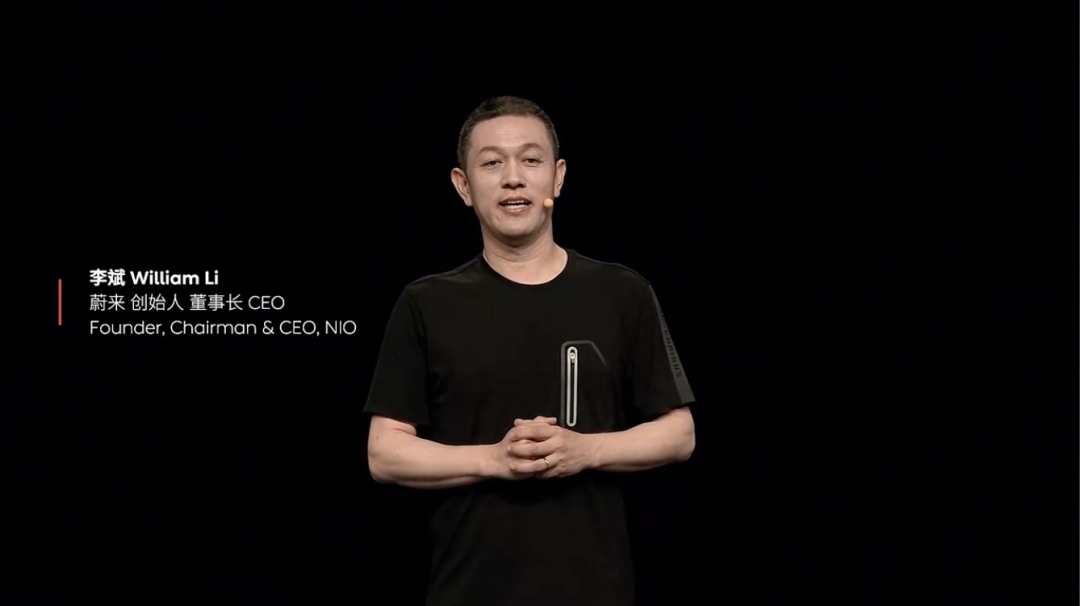
On one hand, users are paying real money, starting from 9600 RMB, and possibly more. On the other hand, Li Bin sincerely said “I am losing money on this,” which creates a contradiction that media workers love.
To be honest, the upgrade price starting from 9600 RMB at this point in time is a significant expense.
However, the adjective “expensive” has always had two meanings. First, it is an absolute price that exceeds the affordability of ordinary people, meaning “I really cannot afford it.” Second, it refers to a price that exceeds the value of the product itself or the price we expected, meaning “this is too expensive for its worth.”
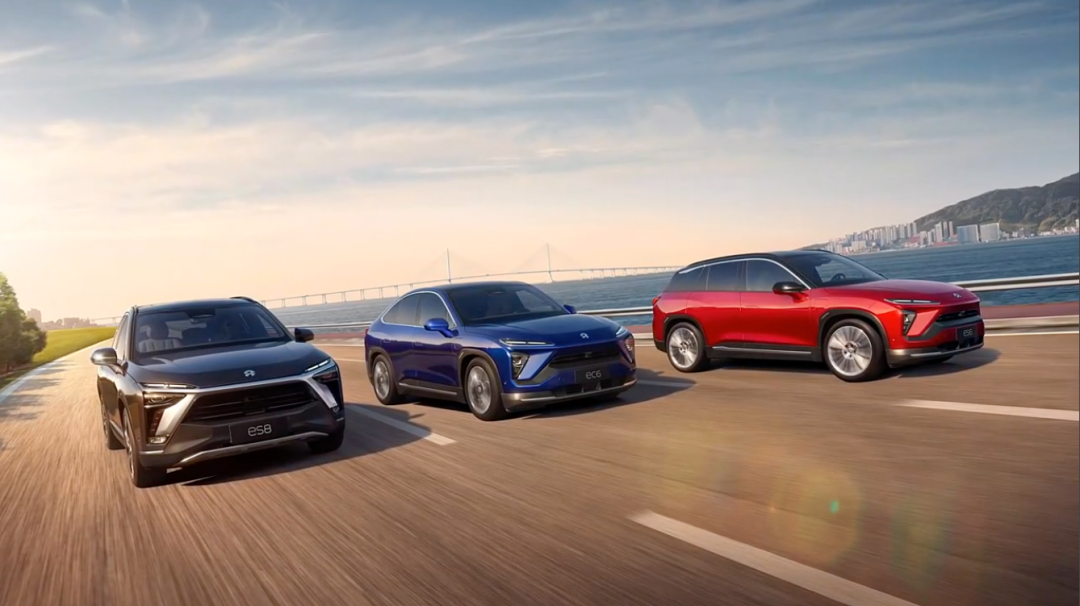
Regarding NIO’s Alder upgrade service, is it worth the cost of starting from 9600 RMB?
To answer this question, we need to look at the cost of Alder from two aspects, which is the most direct way to verify Li Bin’s statement. Unfortunately, we cannot get detailed costs for Alder, but we can roughly estimate them.
First is the cost of the Qualcomm 8155 processor. As consumers, we cannot see the specific price of this To B material, but we can find a workaround. For example, I found a development board with the Qualcomm 8155 processor selling for $2,995 online, which is equivalent to nearly 20,000 RMB.
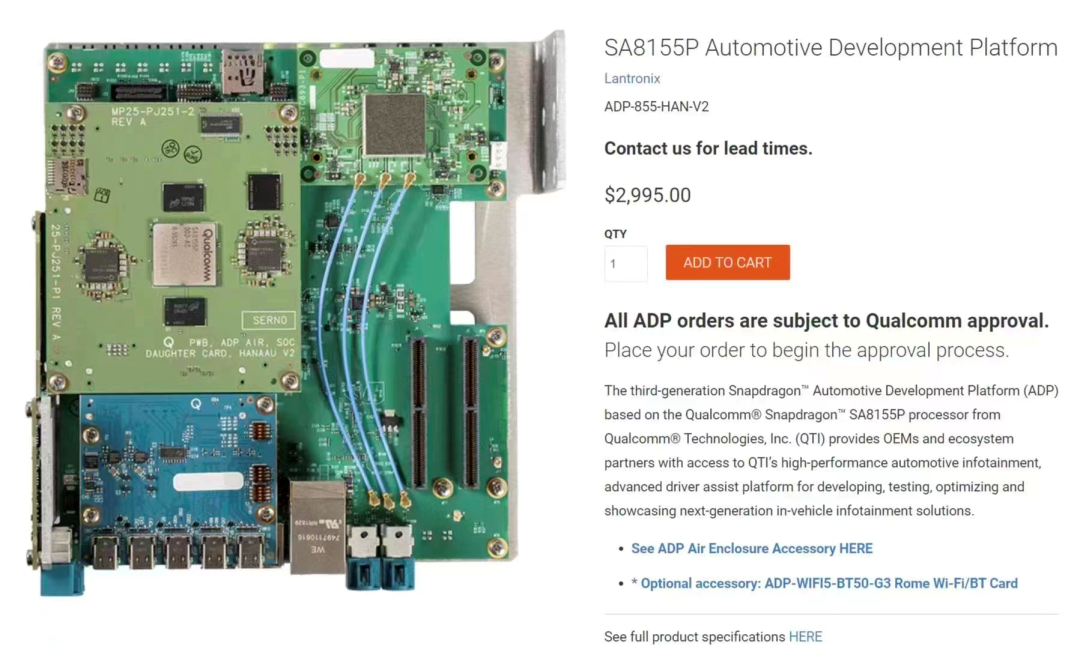
It should be noted that the development board has many other peripheral chips used for development in addition to the 8155 processor, and the value of the processor generally accounts for 10-20% of the development board’s sale price. From this perspective, the cost of the 8155 processor is approximately 2,000 RMB or higher.
In addition to the chip, Alder also includes six cameras of different specifications, various harnesses, and interior and exterior decorations such as rearview mirrors and ceiling control area assemblies, which also contribute to the cost. Let’s not discuss these costs, but the price of a rearview mirror assembly for the ES8 in a 4S store is close to 3,000 RMB.
Apart from these visible material costs, there are more invisible development costs. After all, you know how much programmers make.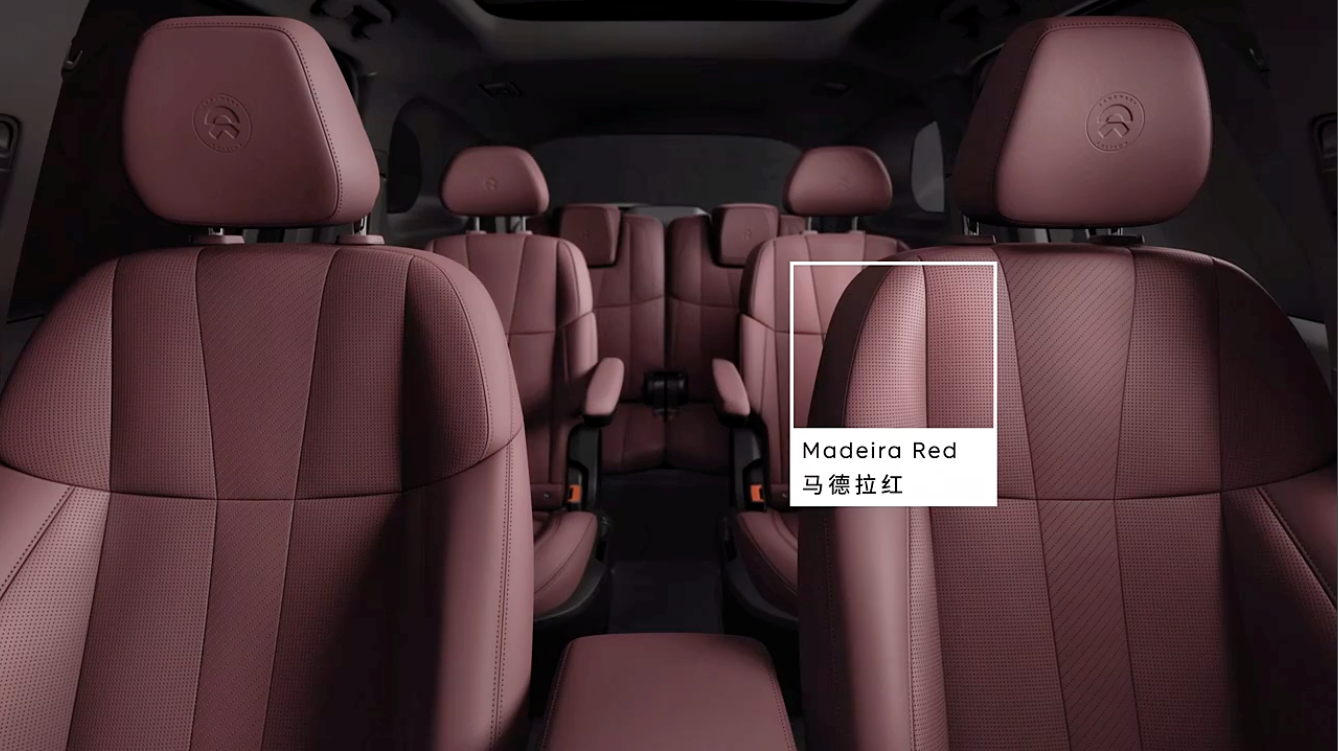
Material cost + development cost + vehicle certification + installation time + … With this, I believe you all have a rough idea of Alder’s value.
From this perspective, the new equipment provided by Alder’s upgrade is definitely worth the investment.
The second point is horizontal comparison with domestic peers. Before NIO, several domestic manufacturers had also launched car system upgrade services.
In comparison, the upgrade content provided by NIO is more comprehensive than any other manufacturer, and this “comprehensive” can be summarized in three small points.
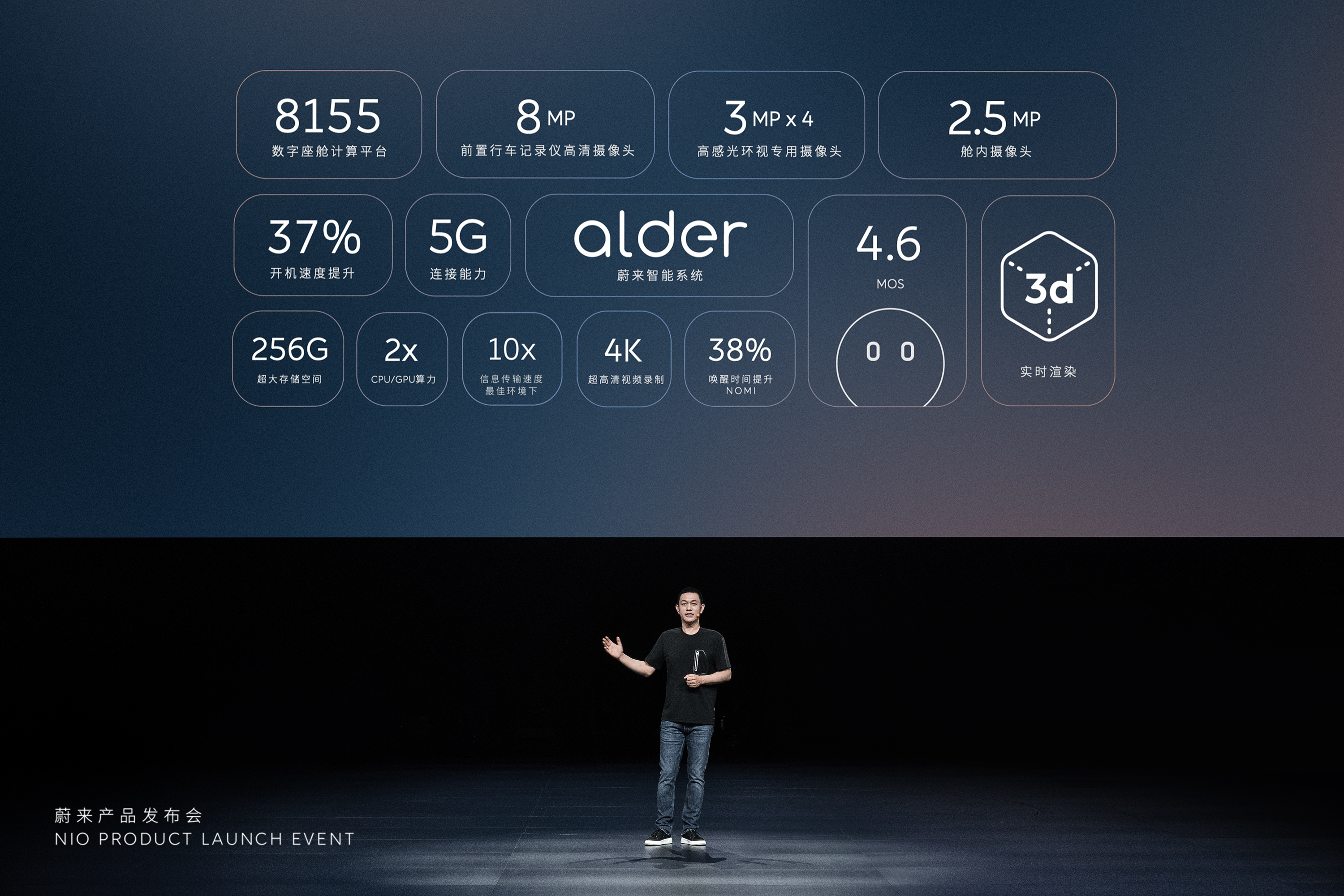
-
NIO upgrades to 8155, a one-stop solution that allows for better performance and longer service life with the cost investment.
-
The upgrade by NIO includes not only chips but also 6 new cameras as well as interior/exterior accessories, and the upgrade coverage is wider, so the cost will naturally be higher.
-
NIO upgrades to the new Lazi, and the upgraded Alder brings the NT1 model’s car system performance closer to that of the NT2 model. On the one hand, it allows current car owners to obtain the latest car interaction experience at the lowest cost possible. On the other hand, similar hardware platforms also ensure the continuity and timeliness of subsequent software upgrades.
And the conclusion drawn after layer-by-layer comparison is exceptionally effortless and accurate:
NIO Alder upgrade is currently the “most profound and valuable” car system upgrade service in China.
Thinking Behind the Upgrade
It is said that NIO is a company that has enshrined “user service” in its brand DNA from its inception.
Specifically for this NIO Alder upgrade, whether it is to provide core intelligent hardware upgrade services for “866” existing vehicle owners or to choose a sales price lower than cost in the service, the underlying philosophy of “prioritizing user value” is reflected by NIO in the two choices.
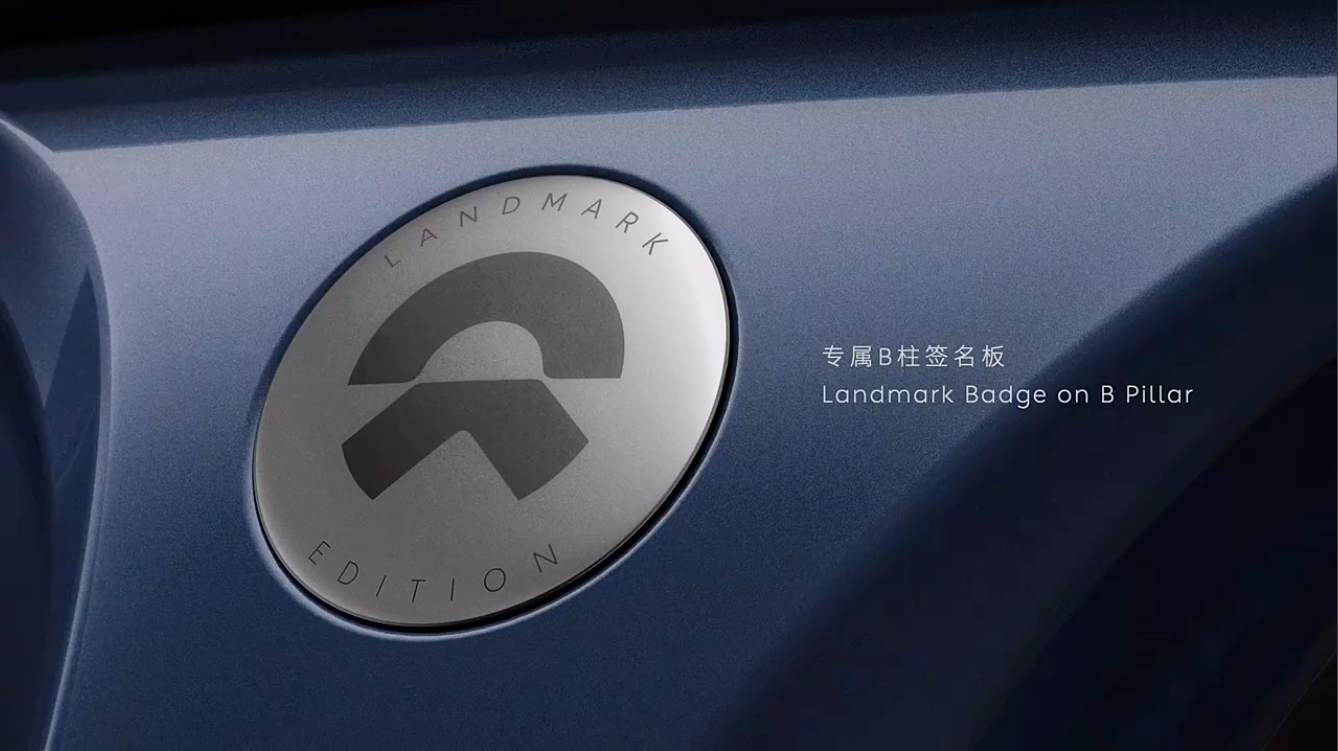
Under the philosophy of “prioritizing user value”, the NIO Alder upgrade reflects NIO’s consistent belief in putting user rights and user experience first.
Firstly, it is about user experience.
As NIO’s first model, the ES8 has been on the market for nearly five years, and the ES8 delivered to users for the earliest time has an age of more than four years. The introduction of the NIO Alder upgrade service ensures that car owners can still obtain a cutting-edge electric vehicle intelligent interaction experience at the lowest overall cost after years of owning a car.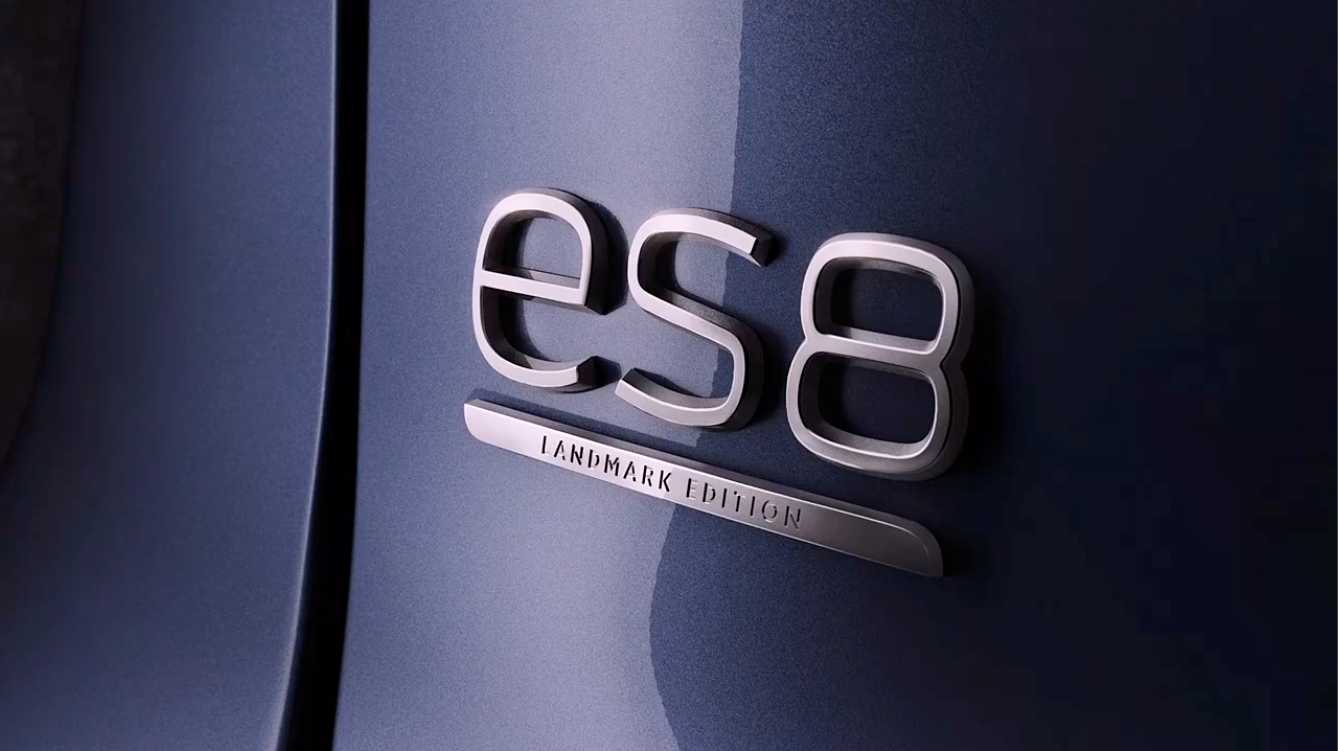
Next is More Value.
As we often say, “Use constantly updated,” but this kind of update needs to be built on the premise of sufficient hardware performance. Upgrading hardware can retain more overall vehicle value. On the one hand, it is the practical value. Better hardware guarantees better interactive experience, and only when a car is easy to use will users be willing to use it. On the other hand, it is the residual value. The updated hardware platform is almost equivalent to longer software maintenance continuity and timeliness. For smart cars highly tied to OTA value, vehicles that are within the normal software update cycle will undoubtedly have higher second-hand value than those with only security updates.
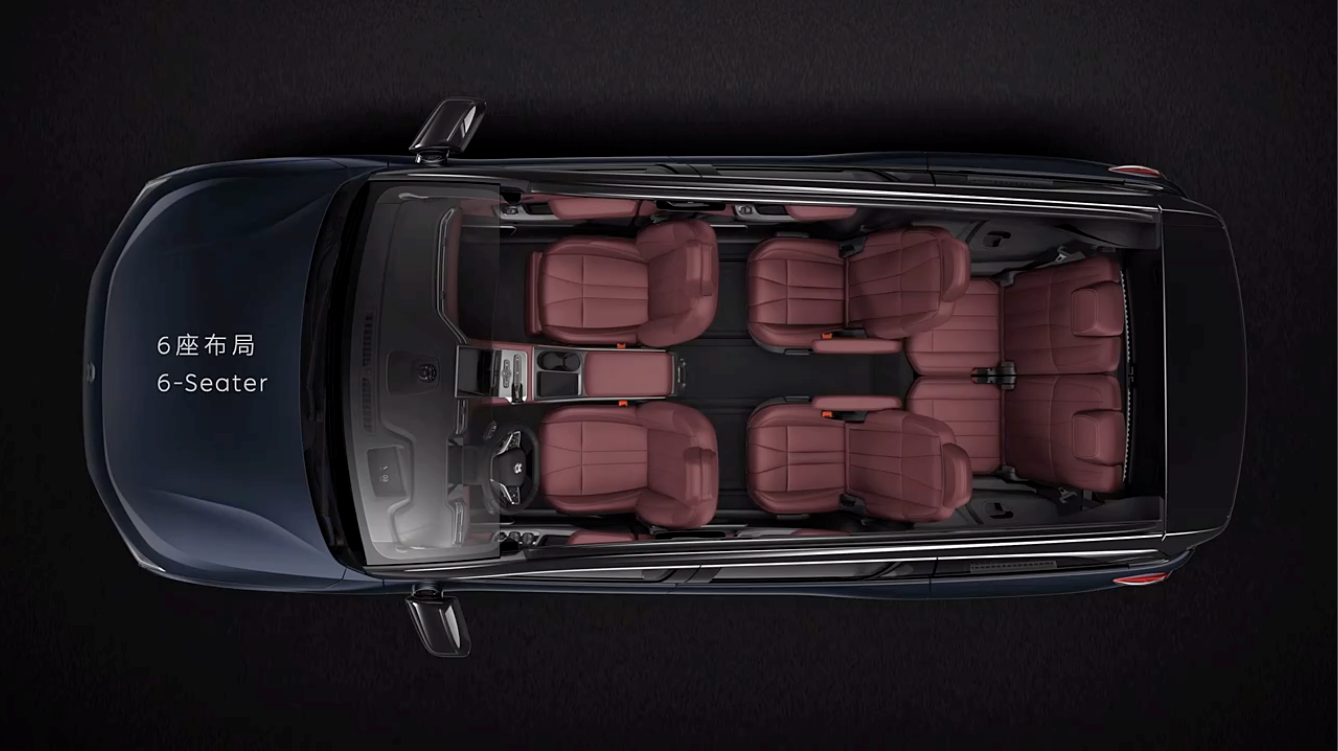
Thirdly, it’s NIO’s Self-worth.
The systematic growth of modern enterprises does not exist out of thin air but relies on “killing monsters and upgrading equipment” as the only growth method. For NIO, through upgrading services like Alder, it has accumulated and developed industry-leading product iteration capabilities in product architecture, user operation, and technology development. In an era of industry tension, whoever has faster iteration capability will have more room for growth and trial and error opportunities.
Welcome to OTA Level 2
At the end of March this year, the electric vehicle hundred-people meeting formed a consensus from top to bottom in the entire industry – the second half of the intelligent car has begun.
This consensus means that the competition of intelligent cars has entered a new stage. But standing at such a historical node, we might as well turn around and look back.
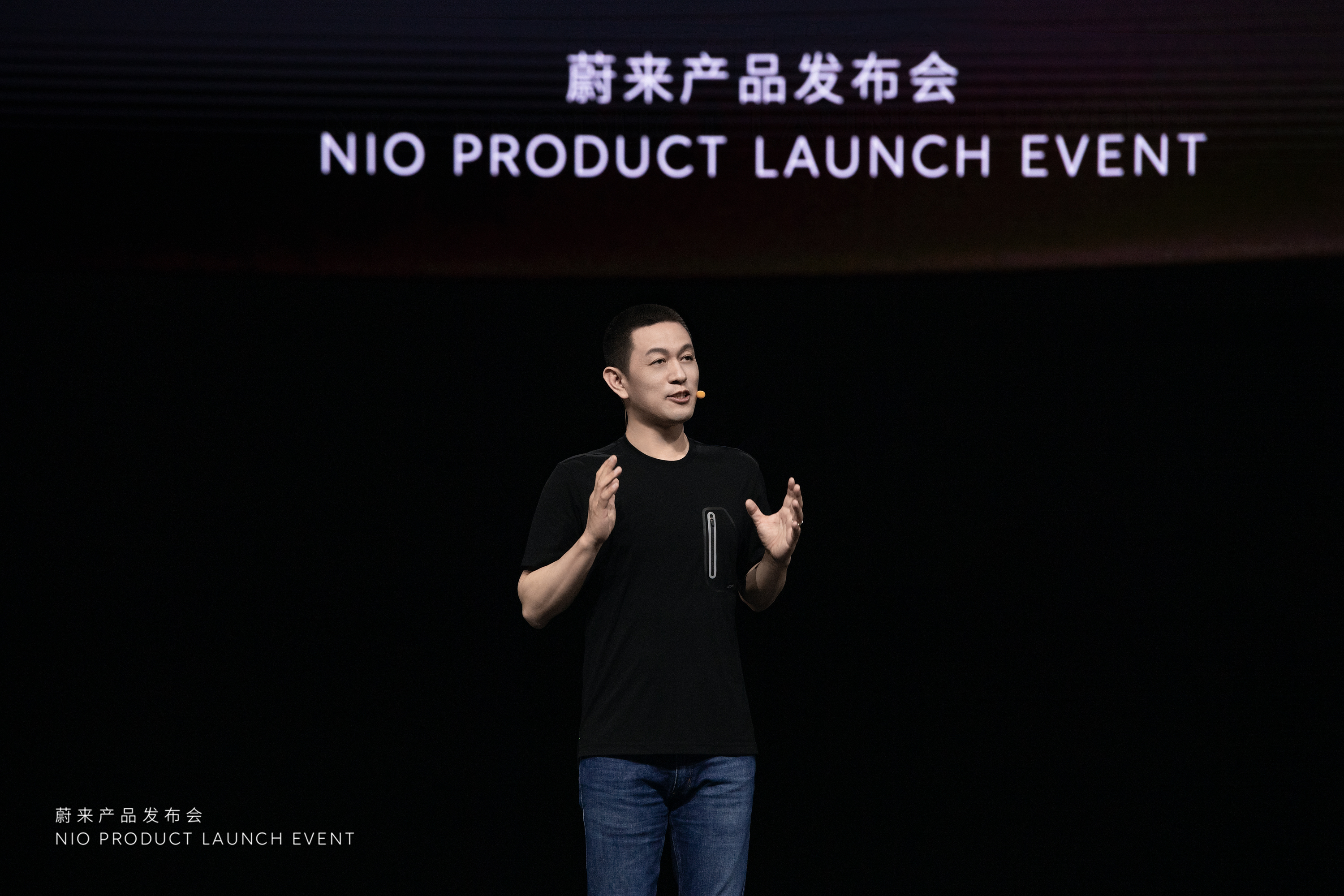
The past few years can be said to be the period of barbaric development of intelligent cars. During this period, we saw the collision of technical directions, the choice of product positioning, and the disappearance of some brands. Some brands have also achieved stage victories.
When we review the successes and failures, and then combine all of the above, we can draw a phase conclusion: facing the changing user needs day by day, no matter how well a car model is made, all advantages will eventually become disadvantages in the face of “upgradeable” models. The subversion and evolution brought by intelligent cars compared to traditional cars is not just about intelligent functionality itself, but it is inherent in the hardware expansion and architecture upgrade to achieve growth.
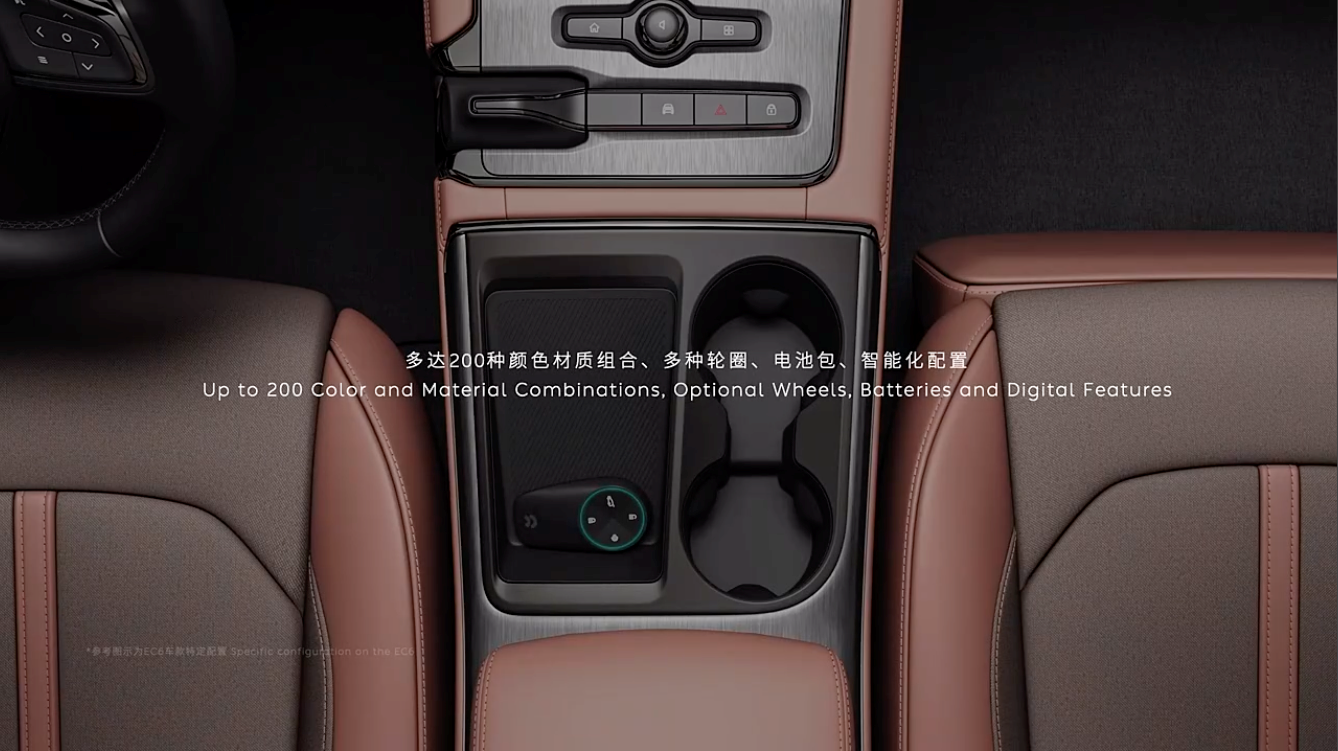 After years of in-depth user education by new forces in the automotive industry represented by NIO, we have a concrete understanding of software OTA. One piece of evidence for this understanding is that traditional automakers have also started to attempt to implement software OTA. Only the market’s realistic choices can bring significant changes to the stubbornly closed traditional car industry.
After years of in-depth user education by new forces in the automotive industry represented by NIO, we have a concrete understanding of software OTA. One piece of evidence for this understanding is that traditional automakers have also started to attempt to implement software OTA. Only the market’s realistic choices can bring significant changes to the stubbornly closed traditional car industry.
Someone once asked me if the boundary between new forces and traditional automakers would still be clear if they all began to accept and implement software OTA. Now, NIO can tell us that the answer is still, yes.
When traditional automakers finally recognized the importance of software and began to develop software OTA capabilities, sorry to say, the more innovative new forces had already moved on to the next level of hardware upgrading.
The significance of NIO’s Alder upgrade is that it brings hardware upgrades into the public’s view.
Looking ahead, if you are a user who is keen to pursue the latest experience, NIO will undoubtedly be your best choice from now on. There is no other reason than that NIO can always OTA, even if it reaches the hardware limit, it can still upgrade a set of hardware and continue OTA.
In the long run, the gap of competition has become more and more prominent. Smart electric vehicles represented by NIO will have more obvious advantages in long-term value.
As I write this, I suddenly remember a few days ago when we drove Mr. Chang’s ET7 to experience its first battery replacement.
Inside the battery exchange station, a newly delivered ET7 was being serviced, while outside the station, an ES8 released five years ago was waiting.
At that time, the NT1.0 first-generation machine silently witnessed the first battery exchange of our NT2.0 first-generation machine.
Today, we sit in this NT2.0 first-generation machine and witnessed another renewal of the NT1.0 model.
The advantages of smart electric vehicles grow stronger in such alternating gazes.
This article is a translation by ChatGPT of a Chinese report from 42HOW. If you have any questions about it, please email bd@42how.com.
